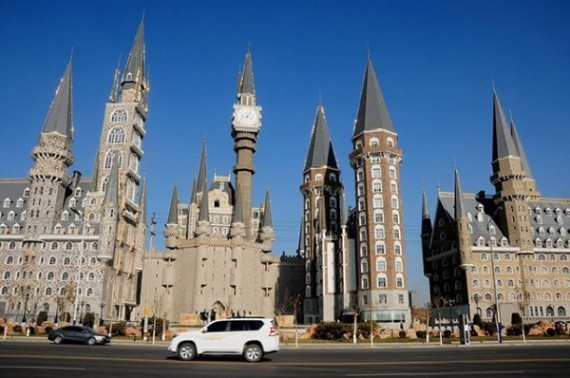Some interesting campus building developments
A recent piece in the Times Higher on campus design highlighted the continuing investment by universities in their buildings. The article covers the scale of activities and the different nature of buildings from signature architecture to sustainable designs. Also noted is the irresistible lure of the capital and the number of universities opening campuses in London (although acquiring the right building is possibly the easiest aspect of this):
Many university buildings are local landmarks, while campuses can stretch over vast areas. In the UK, university estates cover some 26 million sq m, seven times greater than Tesco’s landholdings and just behind the NHS’ 30 million.
Unsurprisingly, the sums spent on maintaining and upgrading universities’ estates are also sizeable. Expenditure on the sector’s land and buildings exceeded £2 billion during 2012-13, 9 per cent more than in the preceding 12 months. As the Higher Education Estates Statistics Report 2014 by the Association of University Directors of Estates (Aude) points out, this is greater than the annual amount spent on Crossrail, the high-speed train line for London and the South East, which has a total budget of £14.8 billion over nine years.
According to Aude, the increased spending by the higher education sector “is likely to be driven by the need to provide an outstanding environment to ensure continued recruitment of students…no doubt linked to student expectations as tuition fees have risen”. And conditions are improving: the association found that 80 per cent of non-residential university properties are now new or in “as good as new” condition, compared with only 63 per cent in 2002.
Even more interestingly Huffington Post had a piece about Hebei Academy of Fine Arts in China which seems to have built a theme park for its campus:
It cost 400 million yuan to build (about £40m), but the college’s principal is confident of the value of the investment:
“The first thought was to provide our students with a fine environment in which they will live and study,” said principal Zhen Zhongyi, who is also a well known calligrapher and painter. “We also want a different way to conduct traditional education.”
“I’m not trying to copy the exact appearance of Western castles. The idea is to bring in the essence and core value of Western architectural styles,” he continued. The look and feel of the castle makes reference to European gothic architecture, but the resemblance to Hogwarts is undeniable.
According to CCTV, China’s state television news broadcaster, Zhen and his faculty designed most of the campus buildings themselves. The administration hopes to create a collection of architectural styles from around the world. Still to come are a pagoda and Taoist temple, currently under construction. In the next 10 years, there will also be a cathedral, a mosque and a modern art gallery with four helipads.
It’s a bizarre collection of buildings which does make the college look a bit more like Hogwart’s than anything else as the article suggests. Perhaps though it is an approach western universities should follow. Instead of hiring a ‘starchitect’ any institution looking to create a landmark building should seek inspiration from Disneyland or the movies. Don’t forget the helipads though.













A long tradition, Paul – Royal Holloway’s founder’s building is a pastiche of a French Chateau …
And why do you think the University of Greenwich is based in the old Royal Naval College? That’s right, the flexibility of the teaching spaces and the ease of parking.